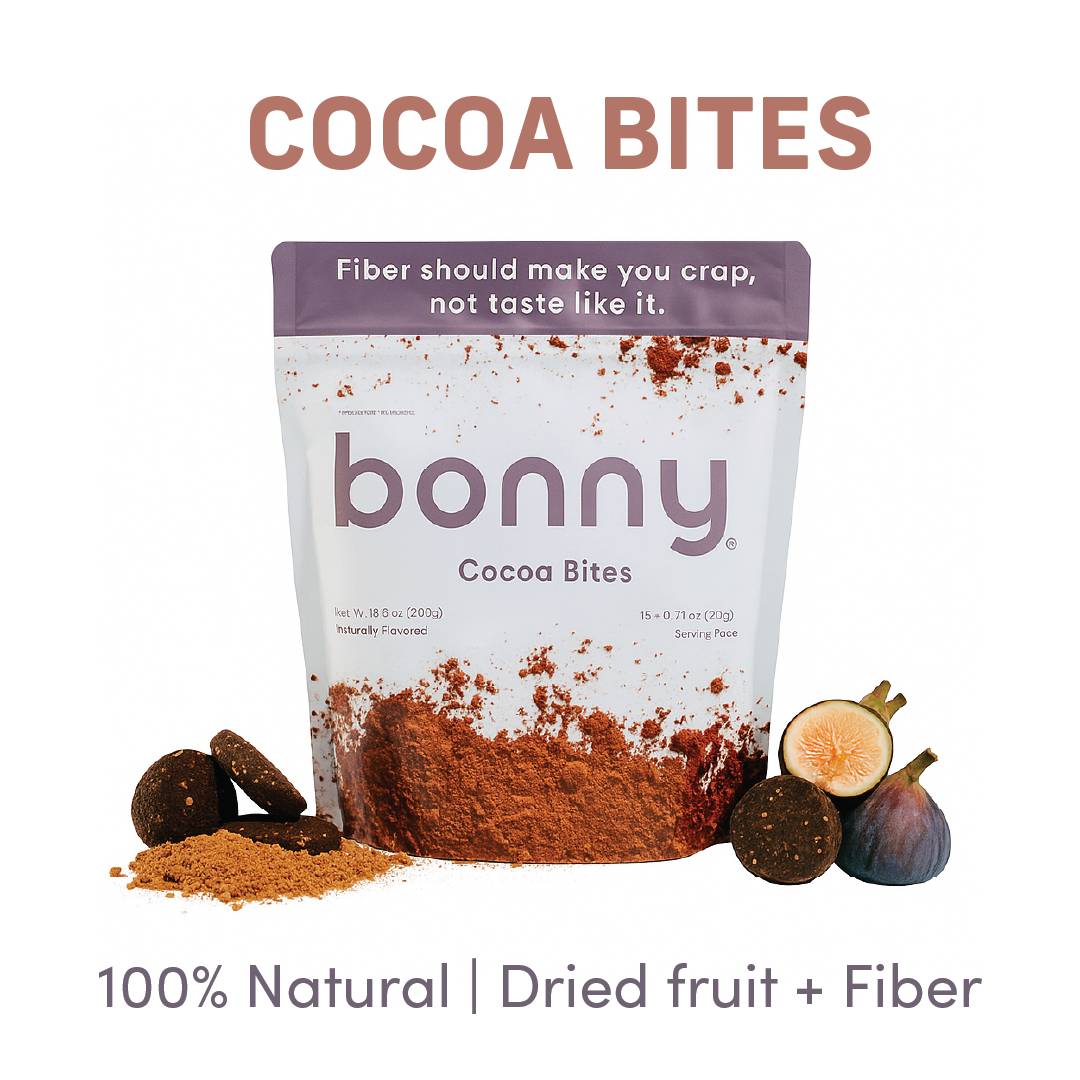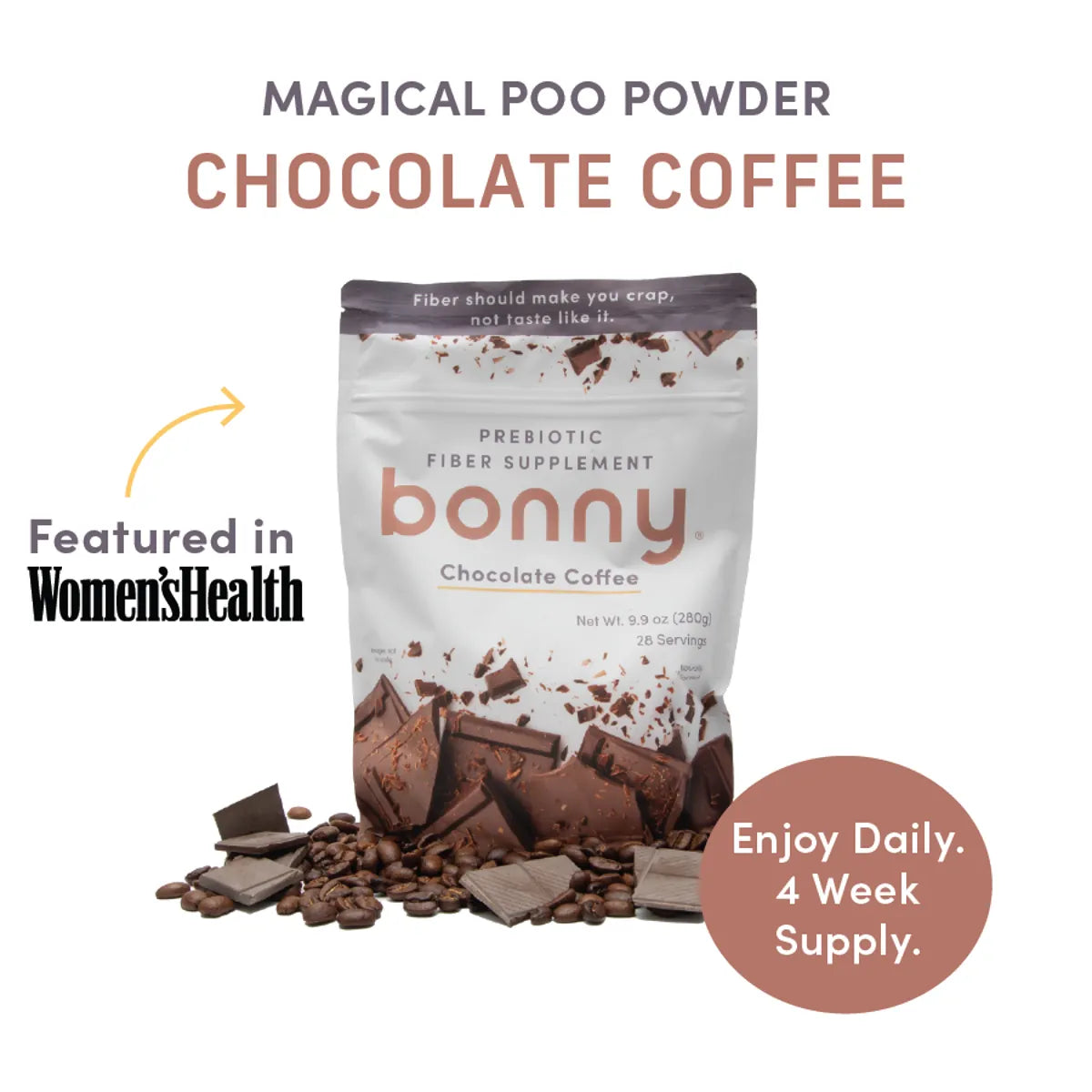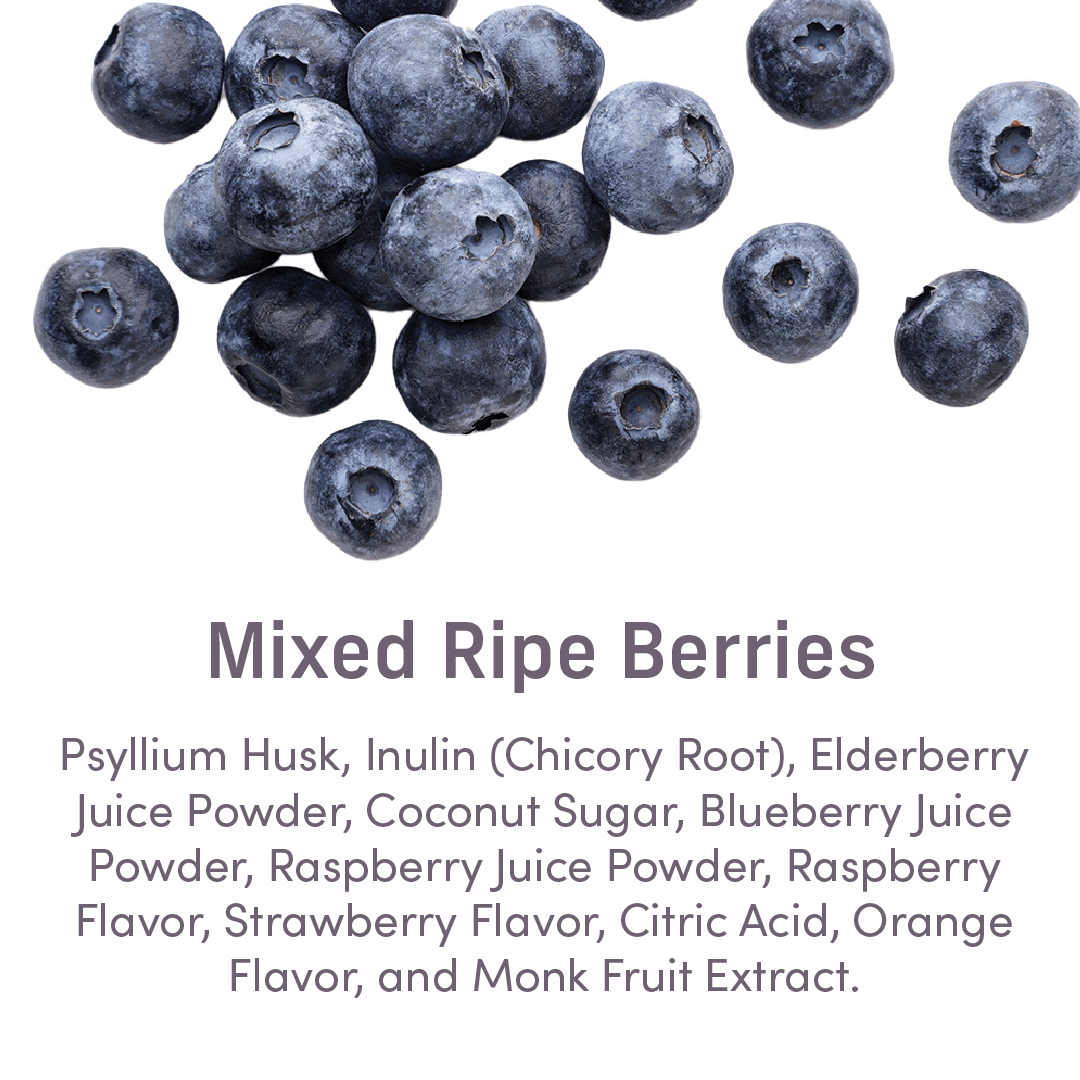A woman’s body changes during pregnancy. This we know. But what comes as a surprise are the other changes that no one talks about. And no, we don’t mean stretch marks, which is a whole other issue. We are talking about hemorrhoids, yes pregnancy and hemorrhoids. Read on fiber friends to learn more.

Disney+ / Via media.giphy.com
What are Hemorrhoids?
For those who are unfamiliar with the H-word, hemorrhoids are inflamed, swollen veins surrounding the anus or in the lower rectum, where the waste collects before it passes on as stool. Though hemorrhoids, also called “piles,” aren’t typically a dangerous medical condition, they are extremely painful, like really painful. There are two different kinds of hemorrhoids: internal and external hemorrhoids.
As the name suggests, internal hemorrhoids are found inside the rectum. It can be harder to diagnose because they are hidden and these hemorrhoids can extend to the outside of the anal opening. Usually, they are not painful because it is in the area without nerve endings, but if it drags down from its position inside, then it will be painful.
External hemorrhoids, on the other hand, are located near the anus but outside the body. They are covered by extra sensitive skin that can be inflamed. And they hurt when swollen or when there is a blood clot (we are wincing just reading that).
In short, internal hemorrhoids are a little better than external hemorrhoids because they are typically painless.
Pregnancy and Hemorrhoids
Now that we covered the basics, did you know that 50% of pregnant women get hemorrhoids? Two things that shouldn't go together - pregnancy and hemorrhoids - do.
Research shows that pregnant women are more susceptible to hemorrhoids from the last trimester of pregnancy to a month after delivery. (Yeah, as if childbirth itself isn’t hard enough?).
Why Are Pregnant Women Likely to Get Hemorrhoids?
Why you may ask? Well, with hemorrhoids comes chronic constipation, strained bowel movements, and extended stays on the toilet which interferes with blood flow in the rectal area, causing blood to pool and enlarge the vessels. As a baby grows inside a mother’s womb, it puts pressure on the abdomen, causing the enlargement of the veins in the rectum and anus. Now you understand why hemorrhoids are common during pregnancy. Because as the baby gets bigger, the enlargement of the uterus presses on the veins.
Common symptoms of hemorrhoids to watch out for include bleeding (right after going number two), painful bowel movements (yikes!), swelling, burning, thickening of skin near the anal area, and itching.
How to Prevent Hemorrhoids?

The Detour / Via media.giphy.com
Now that we’ve painted a picture of how painful hemorrhoids are, don’t worry. There are ways to prevent hemorrhoids:
- Use the toilet as soon as you feel the urge. Don’t wait to go and try not to strain during a bowel movement or sit on the toilet for long periods. This puts more pressure on your veins.
- Hydrate, hydrate, hydrate. We’ve heard it before since we were kids: Drink at least 8 glasses of water a day. Drinking water prevents constipation, so you have less strain during bowel movements.
- Exercise and keep a healthy weight. Get up and move (waddle?) around! Physical activity, like walking for 30 minutes every day keeps your blood and your bowels moving.
- Increase your fiber intake. The lack of fiber in your diet is one of the risk factors for developing hemorrhoids. If you are like 95% of Americans, you are not getting the USDA recommended 25 grams for women and 38 grams for men of fiber. A high fiber diet is generally recommended and safe for everyone as it helps food pass through your system easier. Healthline advises that pregnant women should try to consume 25 to 30 grams of dietary fiber each day to avoid constipation and stay healthy.
Really a high-fiber diet?
Yes, loading up on high fiber food reduces or prevents the symptoms of hemorrhoids.
Fiber helps to keep you regular by bulking up your stool and making it easier for you to go. Fiber has tons of incredible benefits, such as increasing stool weight, reducing the amount of time waste spent in your colon, and increasing water retention in the colon. (These are all amazing for your body!) Fiber also helps prevent constipation, which is a significant cause of painful hemorrhoids. (Plus, constipation just isn’t much fun in general.)
Next time you are in the grocery store or online shopping, look for high-fiber foods like apples, wheat bran, dates, prunes, corn, beans, artichokes, and avocados. We understand that it’s hard to hit fiber goals from diet alone and that is why there is Bonny, a fiber supplement that can help with those hemorrhoids.
Bonny: Your Fiber Savior
Bonny is a fiber powder supplement that is not only great for gut health but also helps avoid hemorrhoids while pregnant. Bonny is all-natural, plant-based fiber with psyllium husk powder and inulin.
Bonny comes in delicious flavors that you will crave daily like Apple Pie, Mixed Berries, and Super Strawberry.
As always, we wish you pleasant poops.




